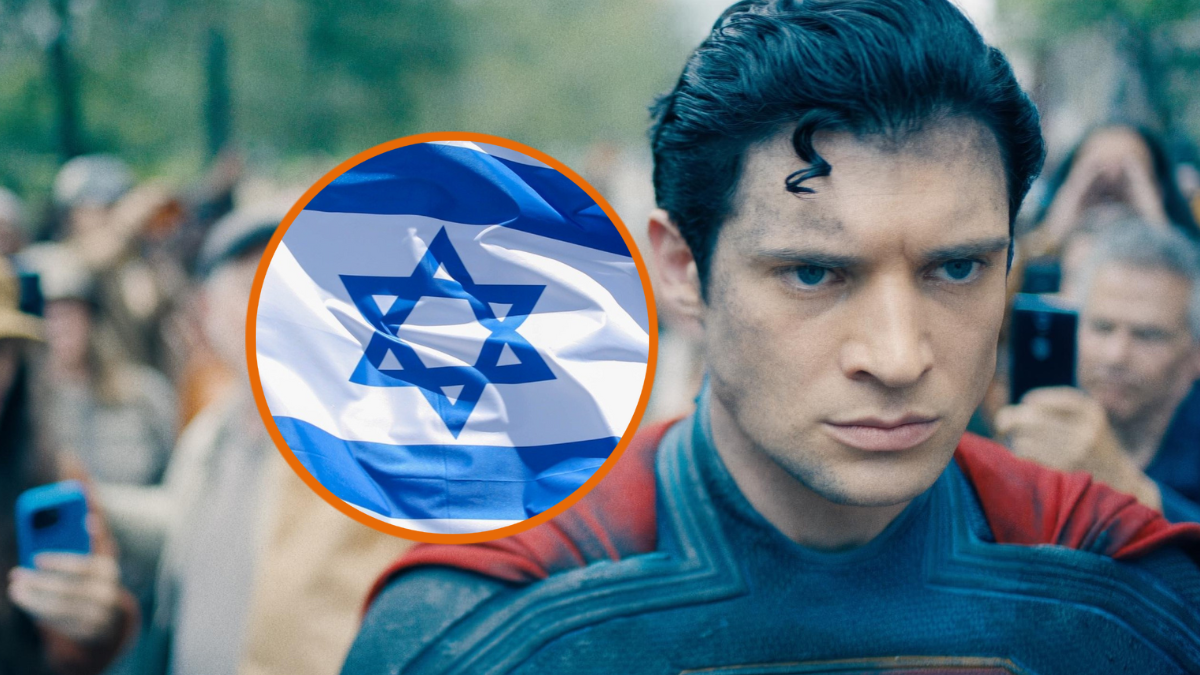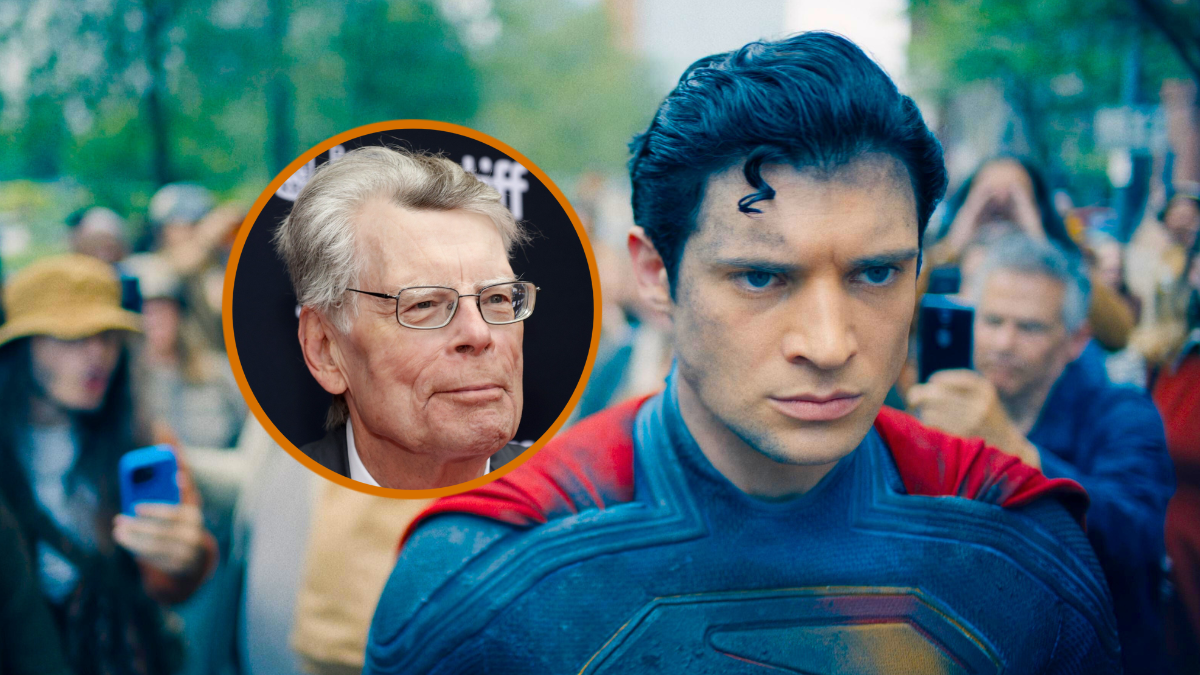Not since The Last Stand has an X-Men movie opened to such diabolical reviews.
Yes, Bryan Singer’s effects-driven Apocalypse fell flat back in 2016, and to make matters worse, its humbling $543 million gross meant that it was ostensibly written off as an expensive waste of potential. So, what went wrong?
That very question was presented to the creative team behind next year’s X-Men: Dark Phoenix, who delivered a candid assessment of Apocalypse‘s many shortcomings to Entertainment Weekly. But at least according to writer-director Simon Kinberg, who served as co-producer on Singer’s misfire – along with Logan and Days of Future Past – Apocalypse became a muddled mess when visual effects took precedence over the actual story.
I think we took our eye off what has always been the bedrock of the franchise which is these characters. It became about global destruction and visual effects over emotion and character.
Another contributing factor was the sequel’s half-baked script, which was seemingly in a constant state of flux…even when the cameras were still rolling. Said producer Hutch Parker:
It’s always dangerous if your script is evolving while you’re shooting. Certainly, in hindsight, we all feel like the genre has been evolving aesthetically and tonally and that the film didn’t. There’s a lot that I think is very good in the film but, as a whole, it was struggling to find ways to coalesce, narratively emotionally and in terms of plot. Aesthetically, it felt sort of dated relative to an evolution you were seeing play out everywhere else. We learned a lot from that.
But don’t be fooled into thinking that Simon Kinberg and Co. are about to repeat the same mistakes; as the filmmaker tells EW, the failings of Apocalypse were still fresh in his mind going into X-Men: Dark Phoenix.
One of the things I went into this film wanting to do is obviously focus on the characters and give them real emotions to play and come up with a theme that would make it feel relevant and necessary in today’s world.

In closing, Jean Grey herself, Sophie Turner, spoke a little more about her character’s inevitable transformation into the Phoenix, and why it’ll resonate with moviegoers come November. Because although X-Men: Dark Phoenix is teeming with nine kinds of effects shots, it’s the way in which Simon Kinberg captured his sequel that will allow for a relatively seamless blend of reality and fantasy.
It is so gritty and there are so many fantastical things in this movie and we really wanted it to resonate with every member of the audience who watches it so we had to make to so real as well. You still get that sense of escapism when people start flying but there’s so much reality in it. I think it will really affect people. And the way Simon shot it — the majority of this movie is handheld, like Steadicam.
Dark Phoenix will hope to course-correct Fox’s prequel series on November 2nd, 2018.


















Published: Dec 8, 2017 01:43 pm